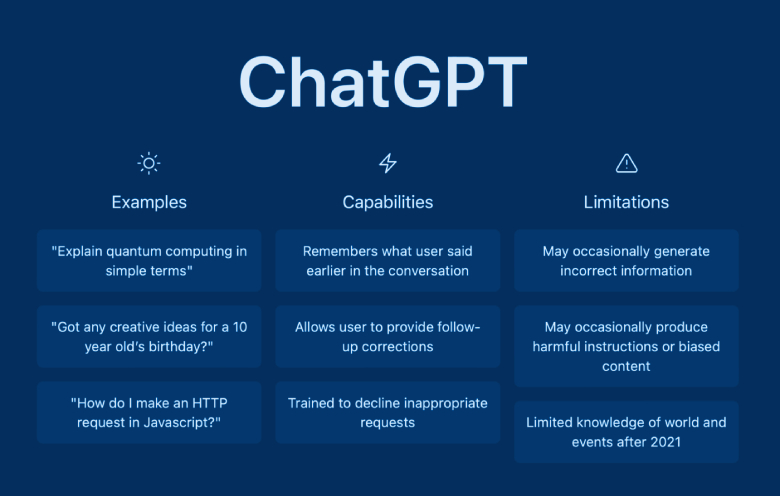Chagpt

In the dynamic landscape of artificial intelligence ChatGPT emerges as a frontrunner in revolutionizing human-machine interaction. Developed by OpenAI, ChatGPT represents a remarkable advancement in natural language processing and machine learning, showcasing unparalleled capabilities in understanding, generating, and responding to human-like text. As we delve deeper into the realm of AI, it becomes evident that ChatGPT is not just a tool but a catalyst for innovation, offering a glimpse into the future of communication and collaboration between humans and machines.
Table of Contents
ToggleUnderstanding ChatGPT
At its core, ChatGPT is built upon the transformer architecture, a sophisticated neural network model that excels in processing sequential data such as text. What sets ChatGPT apart is its ability to generate coherent and contextually relevant responses, mimicking human conversational patterns with striking accuracy. Leveraging vast amounts of pre-existing textual data, ChatGPT learns to comprehend the nuances of language, adapt to diverse conversational styles, and generate responses that are not only grammatically correct but also contextually appropriate.
Applications Across Industries
The versatility of ChatGPT extends across various domains, promising transformative applications in fields such as customer service, healthcare, education, entertainment, and beyond. In customer service, ChatGPT-powered chatbots offer personalized assistance round the clock, enhancing user experience and streamlining support processes. In healthcare, ChatGPT aids medical professionals in analyzing patient data, providing diagnostic insights, and even offering virtual counseling services. Moreover, in education, ChatGPT serves as a virtual tutor, delivering tailored learning experiences and facilitating interactive lessons.
Ethical Considerations and Challenges
Despite its groundbreaking potential, the widespread adoption of ChatGPT also raises important ethical considerations and challenges. Concerns regarding data privacy, algorithmic bias, and the responsible deployment of AI technologies necessitate careful scrutiny and regulation. Moreover, the risk of misuse, including the proliferation of disinformation and manipulation through AI-generated content, underscores the importance of ethical AI development practices and robust governance frameworks.
Charting the Future
As we chart the future trajectory of ChatGPT and AI-driven technologies, it is imperative to prioritize ethical principles, foster interdisciplinary collaboration, and engage in ongoing dialogue with stakeholders. By harnessing the power of AI responsibly and inclusively, we can unlock new opportunities for innovation, address societal challenges, and pave the way for a more equitable and sustainable future.
Conclusion
ChatGPT stands at the forefront of a transformative era in AI, redefining the boundaries of human-machine interaction and catalyzing innovation across industries. While the journey ahead is fraught with challenges and uncertainties, the potential of ChatGPT to drive positive change is undeniable. By leveraging its capabilities responsibly and ethically, we can harness the full potential of AI to shape a future where humans and machines collaborate seamlessly for the betterment of society.





